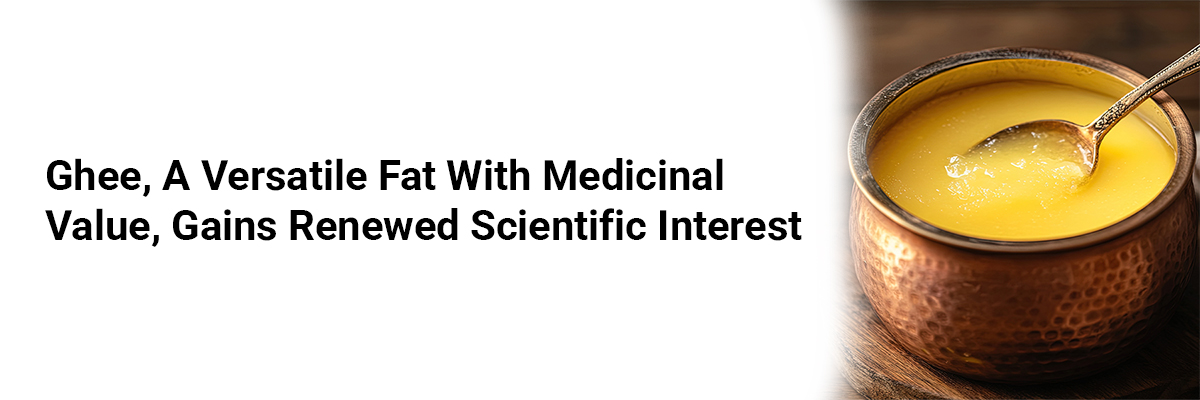
Ghee, A Versatile Fat with Medicinal Value, Gains Renewed Scientific Interest
Ghee, a staple in Indian kitchens and Ayurveda traditions, is drawing new scientific attention for its biochemical and therapeutic properties. Traditionally revered as both a culinary essential and medicinal vehicle in Ayurveda, ghee is now under the lens of modern science for its potential impact on health.
A recent study aimed to evaluate the effects of plant-based and animal-derived ghee on various biochemical markers. The market offers two primary types: plant ghee (vegetable-based, such as vanaspati) and animal ghee, typically sourced from cow milk. Cow ghee is further divided into grain-fed and grass-fed varieties, with grass-fed ghee being nutritionally superior due to higher levels of fat-soluble vitamins and antioxidants.
Interestingly, while ghee is high in saturated fats, some theories suggest it may not be atherogenic. Animal-sourced saturated fats are more resistant to lipid peroxidation, reducing their potential to cause plaque formation in arteries. Conversely, polyunsaturated fatty acids (PUFAs) found in plant-based oils are more prone to oxidation, and their cholesterol esters may contribute to cardiovascular risks.
Ghee, especially cow ghee, is also rich in antioxidants like Vitamins A, E, and carotenoids, which help counteract oxidative stress. These properties have led to its use not just in cooking but also as an anti-inflammatory, immune-boosting, and therapeutic agent in Ayurveda for conditions like cough, inflammation, and even cancer.
Despite the fat content—around 62% saturated fat, including cholesterol-raising agents like myristic acid (17%) and palmitic acid (26%)—ghee is still considered beneficial in moderation. Its uses range from improving joint lubrication to enhancing mental and physical stamina, making it a cherished part of Indian wellness traditions.
Ghee, long celebrated in Indian households for its flavor and health benefits, continues to stand out not just as a cooking fat but also as a functional food with antioxidant and therapeutic potential. As research advances, it may help bridge traditional wisdom with modern biochemical understanding.
Source: Int. J. Pharm. Sci., 2024; Vol 2, Issue 4, pp. 95-104.



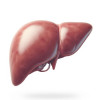

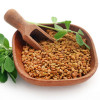
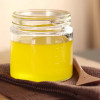
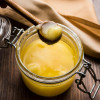
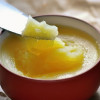
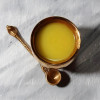

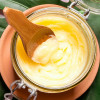

Please login to comment on this article